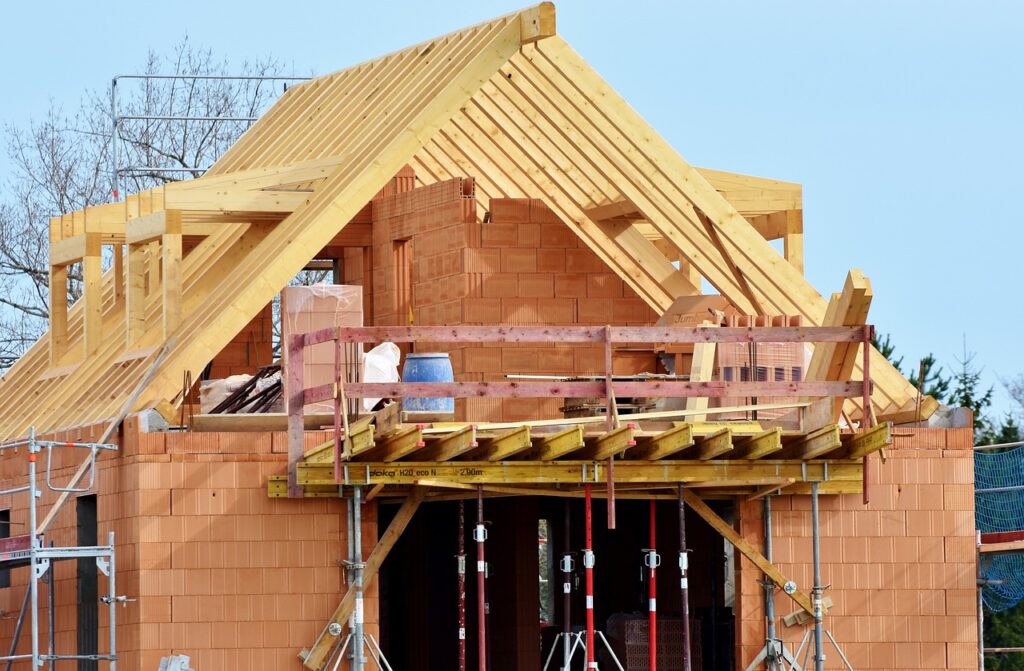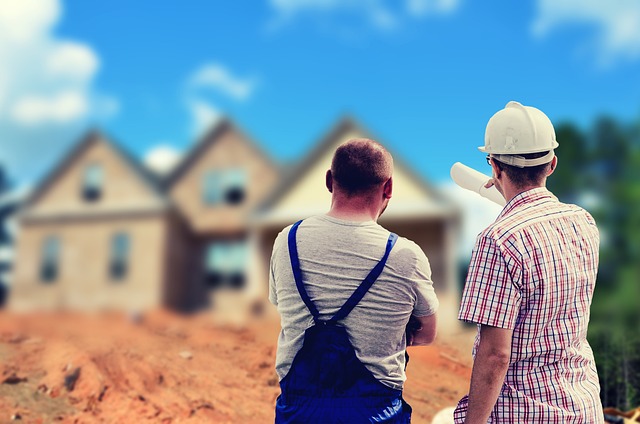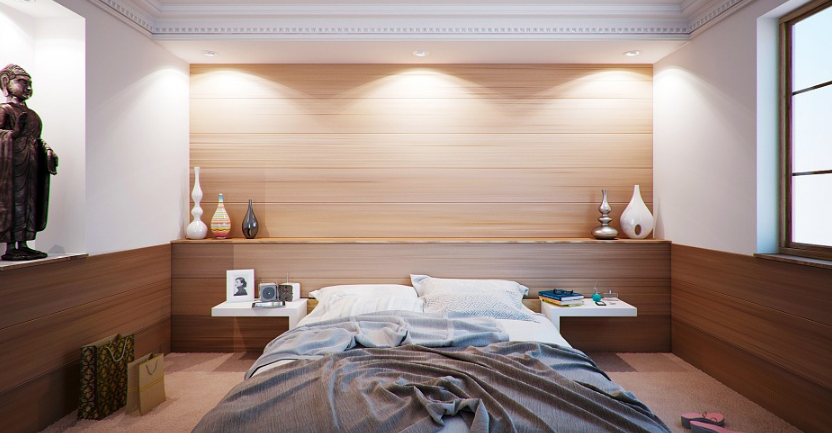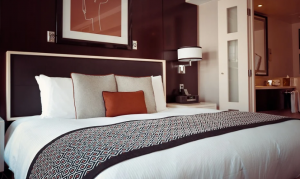
Are you ready to embark on a journey towards building your dream home? Well, buckle up because we’re about to dive deep into the world of home-building materials. Your choice of materials can make all the difference when it comes to creating a Massivhaus that not only looks stunning but also stands the test of time. With so many options out there, it’s easy to feel overwhelmed and unsure where to begin. But fear not, for this ultimate guide is here to simplify the process and help you choose wisely.
Define Your Budget and Priorities
Before delving into the world of building materials, establish a clear budget for your project. Knowing your financial limits will help you make informed decisions without compromising on quality or functionality. Prioritize your needs, such as energy efficiency, durability, or specific design elements, to guide your material choices.
Assess Environmental Impact
In an era of increasing environmental awareness, consider the sustainability and environmental impact of the materials you choose. Opt for materials that are energy-efficient, locally sourced, and have a low carbon footprint. Look for certifications, such as LEED (Leadership in Energy and Environmental Design) or Energy Star, to ensure that your choices align with green building principles.
Consider Long-Term Durability
Home building is a long-term investment, and your choice of materials should reflect this. Invest in materials known for their durability and resistance to wear and tear. While such materials may have a higher upfront cost, they can save you money in the long run by reducing maintenance and replacement expenses.

Research and Consult Experts
Building materials evolve continuously, and there is a vast array of options available. Take the time to research different materials, their properties, and their suitability for your project. Consulting with architects, builders, or material specialists can provide invaluable insights and recommendations based on your project’s specific requirements.
Energy Efficiency and Insulation
Energy efficiency is not just an environmental concern but also a financial one. Well-insulated homes reduce energy consumption, resulting in lower utility bills. Choose building materials with good insulation properties, such as double-glazed windows, insulated doors, and high-quality insulation materials for walls and roofs.
Aesthetics and Design Compatibility
The visual appeal of your home is influenced by the materials you select. Consider how different materials will fit into the overall design and style of your home. Whether you prefer a modern, minimalist look or a more traditional, rustic appearance, choose materials that align with your aesthetic vision.
Maintenance Requirements
Different building materials have varying maintenance needs. Some materials, like wood, may require regular sealing or painting, while others, like brick or stone, are low-maintenance options. Factor in the time and effort you are willing to invest in maintaining your home when choosing materials.
Local Building Codes and Regulations
 Ensure that the building materials you select comply with local building codes and regulations. Some areas have specific requirements for materials due to climate, seismic activity, or fire safety concerns. Non-compliance can lead to costly delays and revisions. Selecting the right building materials for your home is a critical decision that can significantly impact its overall quality, sustainability, and appearance. By defining your budget, researching options, assessing environmental impact, prioritizing durability and energy efficiency, and considering aesthetics and maintenance requirements, you can make informed choices that align with your vision and values.…
Ensure that the building materials you select comply with local building codes and regulations. Some areas have specific requirements for materials due to climate, seismic activity, or fire safety concerns. Non-compliance can lead to costly delays and revisions. Selecting the right building materials for your home is a critical decision that can significantly impact its overall quality, sustainability, and appearance. By defining your budget, researching options, assessing environmental impact, prioritizing durability and energy efficiency, and considering aesthetics and maintenance requirements, you can make informed choices that align with your vision and values.…



 Lighting is of extreme value in modern interiors. Furniture and floor lights formulate an aesthetic statement with arches, angles, and straight lines. Metallic surfaces blend with organic colors. Recessed and monitor fittings are used for accent and task lighting. Simple pendants and bracelets help decrease the grade of a tall ceiling. Flooring modern design options prefer concrete surfaces versus wall-to-wall carpeting: natural stone tile, stunning dark wood planks, or stained concrete floor. Steer clear of traditional fashions like Orientals or too feminine florals.
Lighting is of extreme value in modern interiors. Furniture and floor lights formulate an aesthetic statement with arches, angles, and straight lines. Metallic surfaces blend with organic colors. Recessed and monitor fittings are used for accent and task lighting. Simple pendants and bracelets help decrease the grade of a tall ceiling. Flooring modern design options prefer concrete surfaces versus wall-to-wall carpeting: natural stone tile, stunning dark wood planks, or stained concrete floor. Steer clear of traditional fashions like Orientals or too feminine florals.